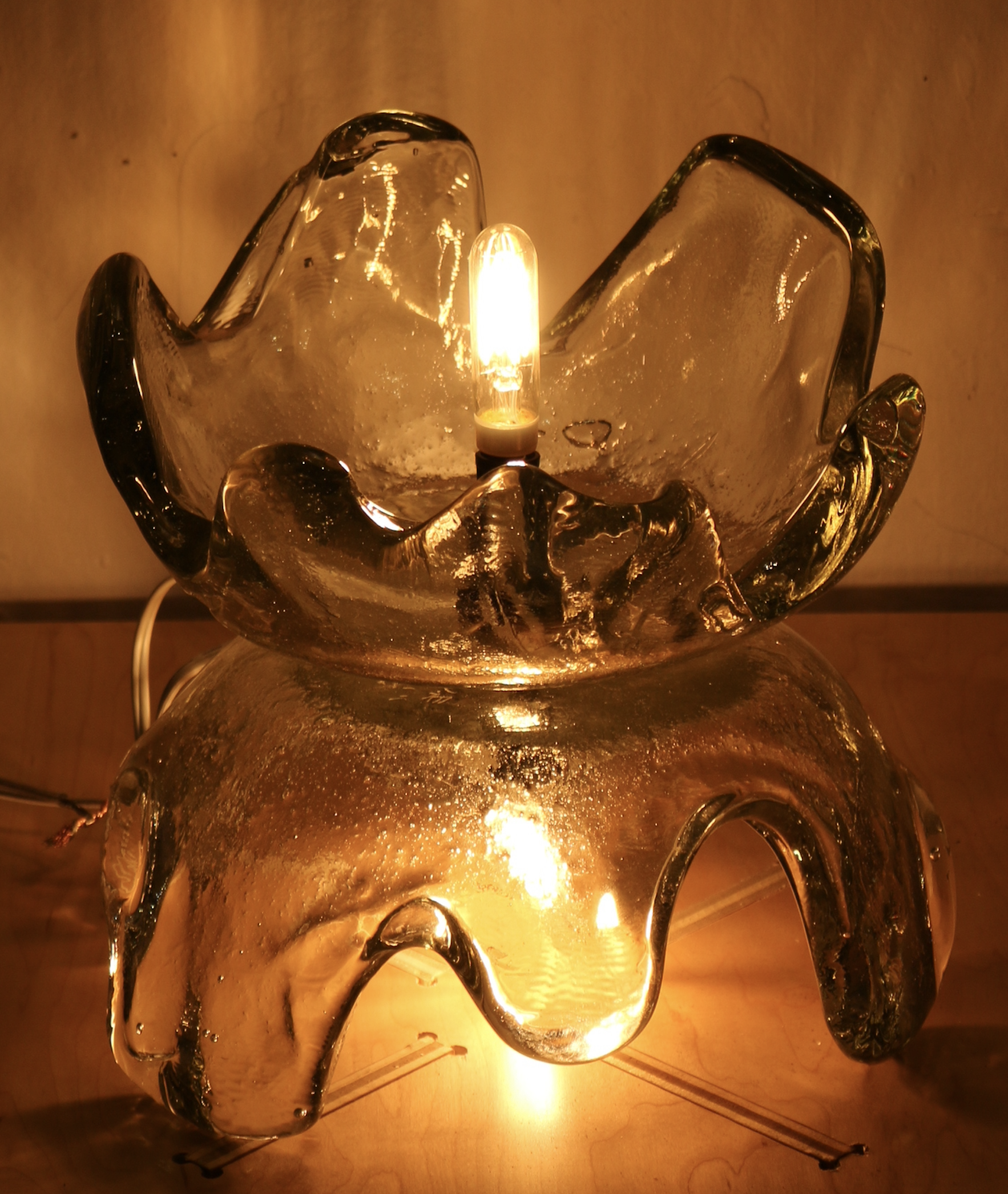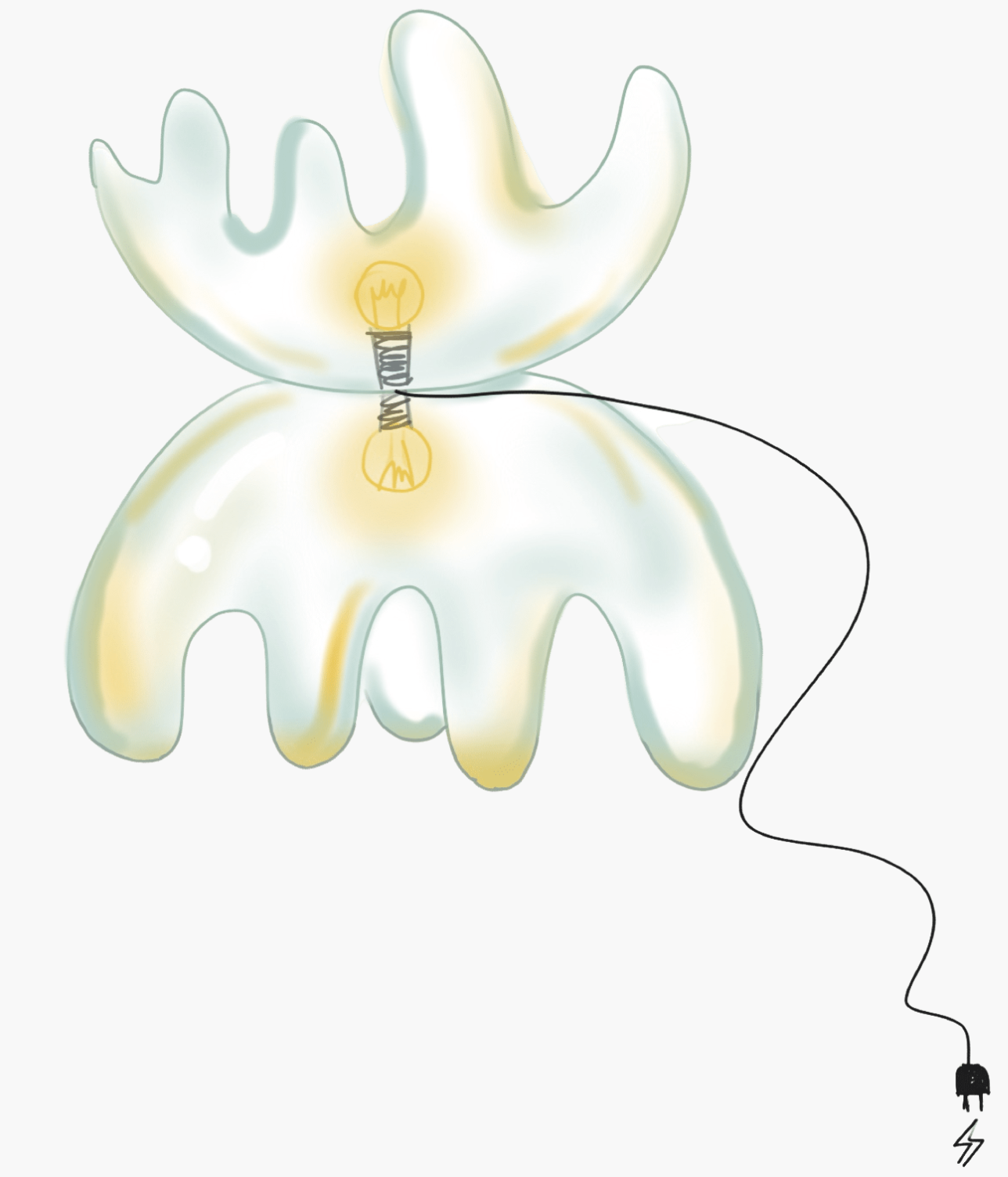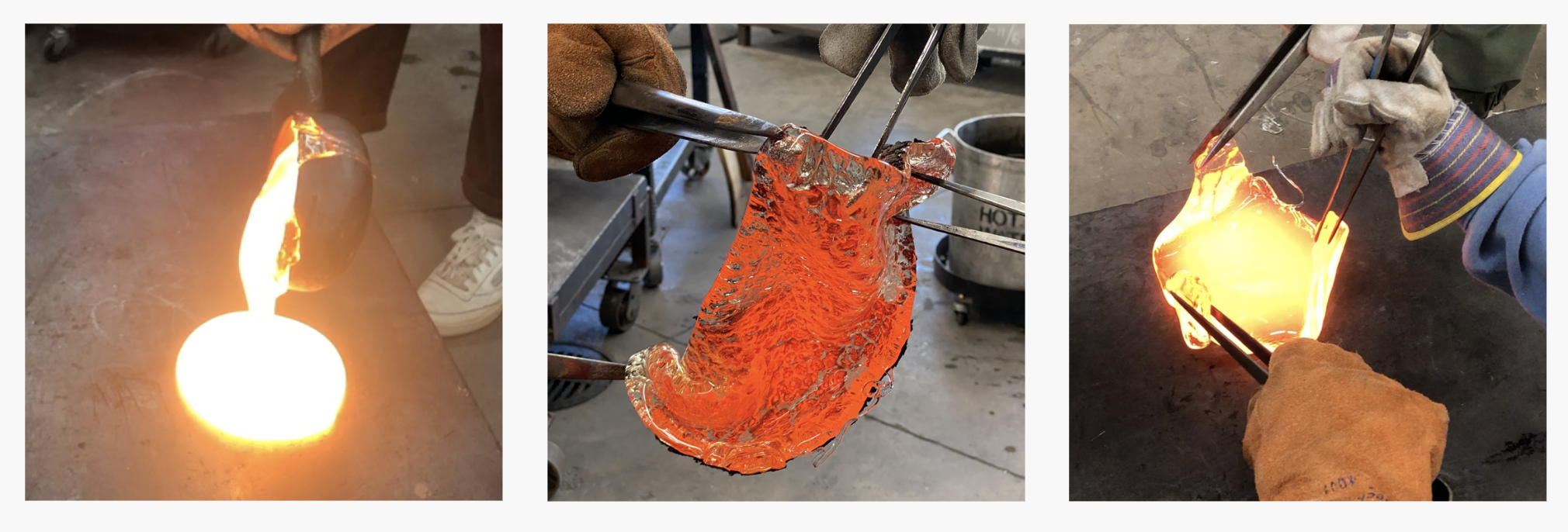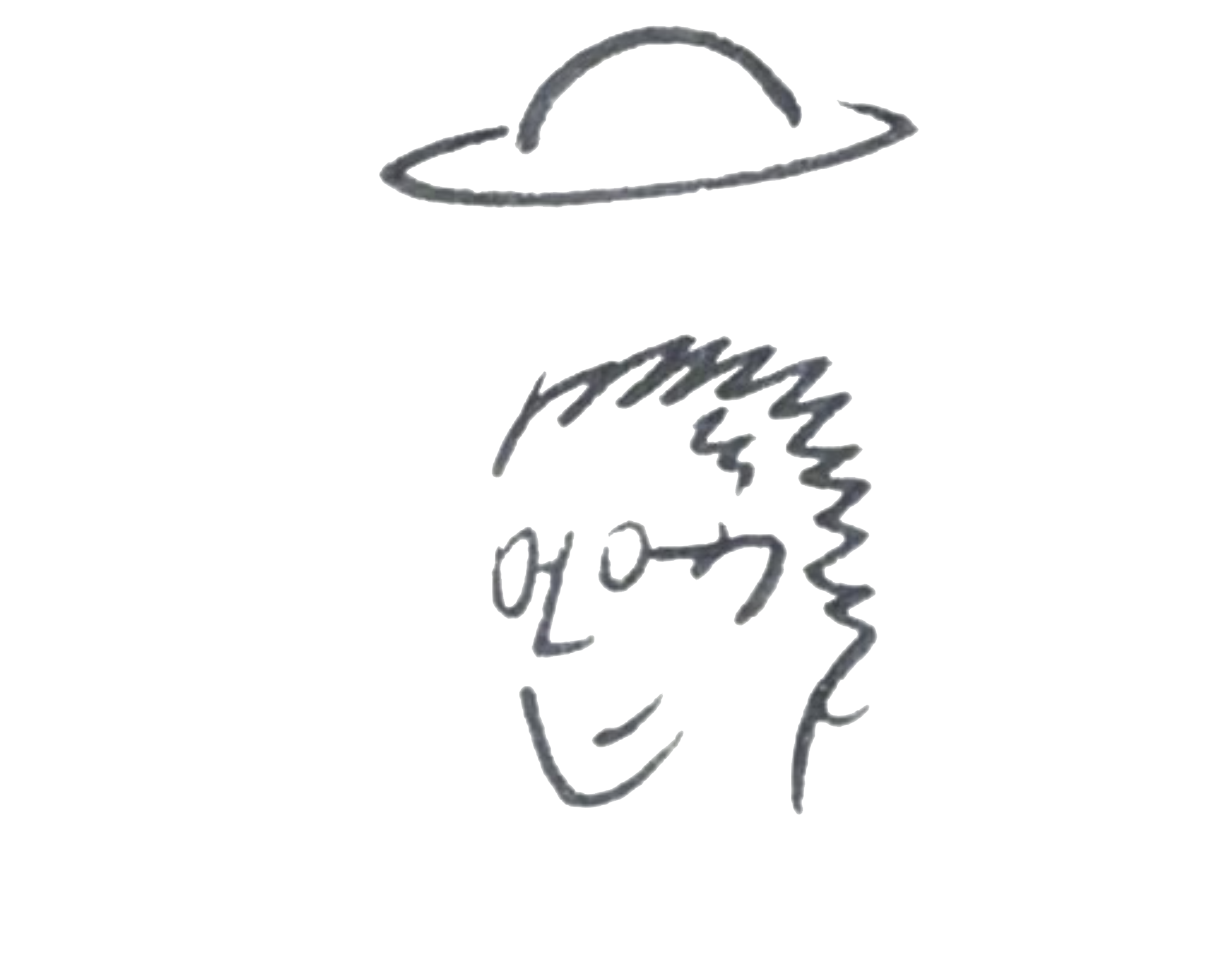LÁGRIMA LAMP

FREEZING MOLTEN GLASS IN A FLOWING MOMENT
YEAR: 2022
DIMENSION: 12''x10''x10''
MATERIAL: Cast molten glass, lightbulb, wire fixture, hot casting sand
TECHNIQUE: Glass hot casting, sand casting, glass cold working, metal cold working, electric soldiering

INSPIRATION & CONCEPT
My professor at RISD Glass, Sean Salstrom, demonstrated the material properties of molten glass through a series of experiments.

Concept iteration keywords generated from observation of experiments on molten glass:
melted candy, caramel, crimson, orange, sun, flowing sun, sunset, ice, crushed, crisp, fried, thawed ice, nylon, lollipop, running water, glue, popsicles, light, silk, teardrop, honey.
The fact that molten glass appears to flow after it is cooled down is a quality I particularly enjoy: It's as if the glass freezes in the middle of its flow. As a result, I intend to create a work that captures this aspect of molten glass.

After illuminating the glass, I observed that it gracefully refracted light and shadow. I decided to construct a lamp out of molten glass with the body shaped into a free flowing texture to imitate the glass's color and texture in its molten state.
QUICK CONCEPT RENDERING

I did a lot of experiments to learn about the properties of molten glass and to generate concepts based on its characteristics.
1, It is easiest to shape molten glass in the first 10 seconds after it is poured from a ladle, just as it starts to solidify.
2, Although the molten glass has essentially formed into a gel after about ten seconds, the surface is still quite soft. At this point, it can be shaped and altered with minor adjustments. It should not, however, be too compressed to the point of distortion.
3, The glass has basically set when its hue gradually transitions from bright yellow to dark orange-red. The glass is now at its most fragile and cannot be touched by metal or damp wood tools.
4, When the molten glass's edge begins to disclose its natural color, it must be placed in the annealer for anneali
ng. The glass is more likely to break if waited too long.

Takeaways from experiments
•I found the ladle difficult to handle and form in several attempts at free pouring. It was also difficult to generate the texture of the splash by pulling and tugging, as I experimented.
•Then I suggested making a hemisphere out of the sand, and a mold out of iron, pouring the molten glass into the iron mold and then shaping the glass while it was still soft on the hemisphere mold.

To allow mass production of this item in places such as a glass artisan workshop, I developed a standardized, minimal-step system of operation so that any workshop can reproduce it.

FINAL PRODUCT
The name “Lágrima” was taken from the famous piece of the famous Spanish composer and guitarist Francisco Tárrega’s guitar piece “Lágrima”, which means tears. Molten glass, in some aspect, resembles the slowly flowing tears by the gleaming candlelight. Therefore, the piece was titled “Lágrima Lamp”.